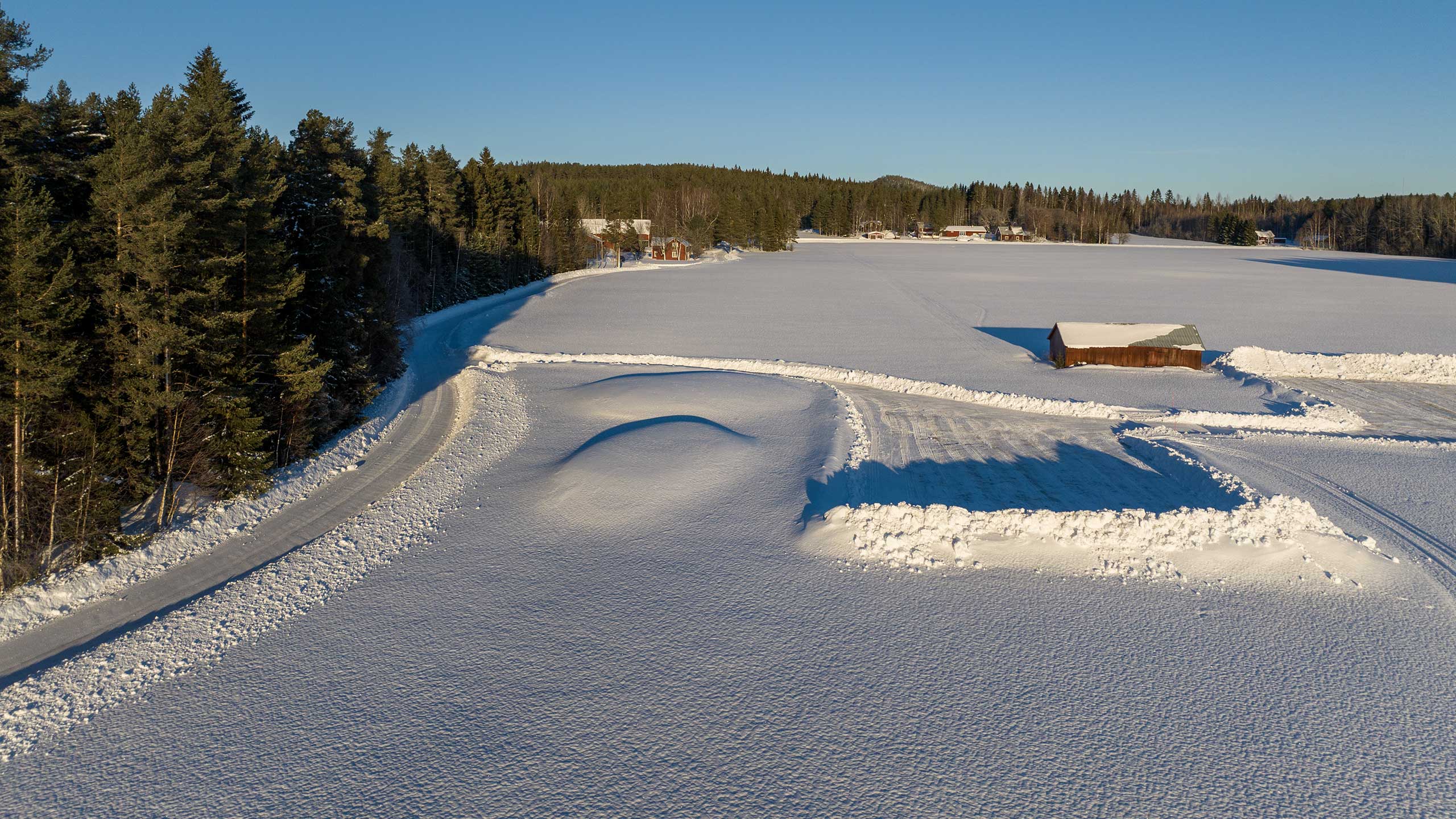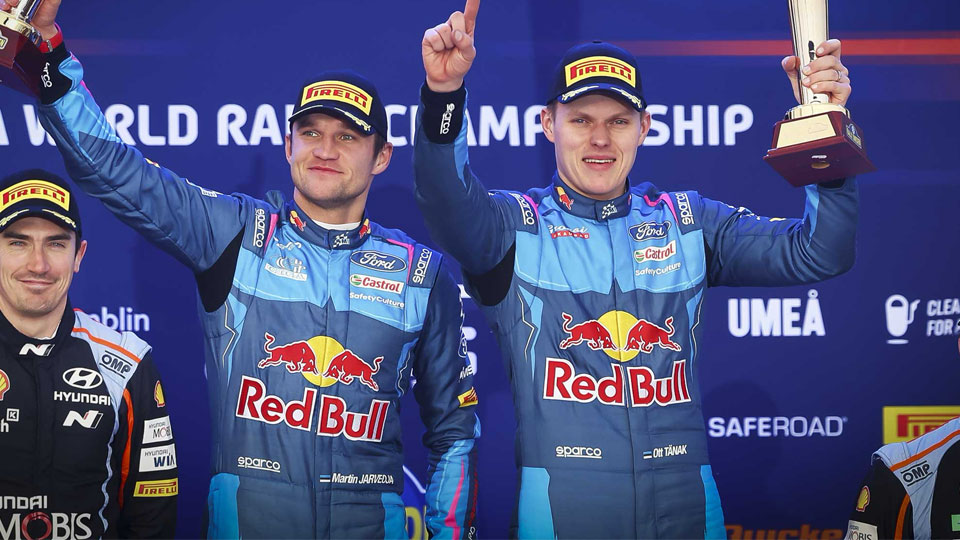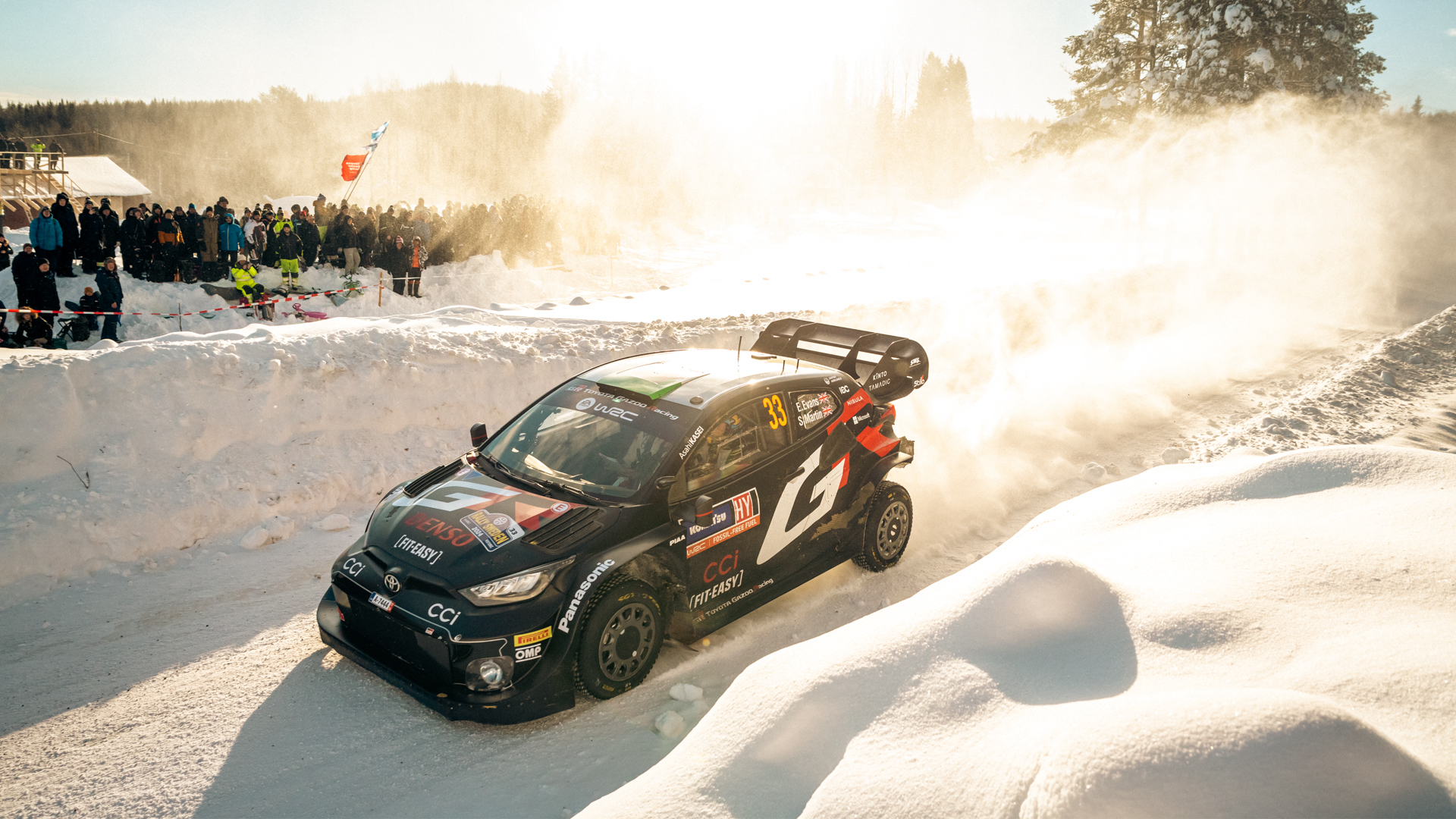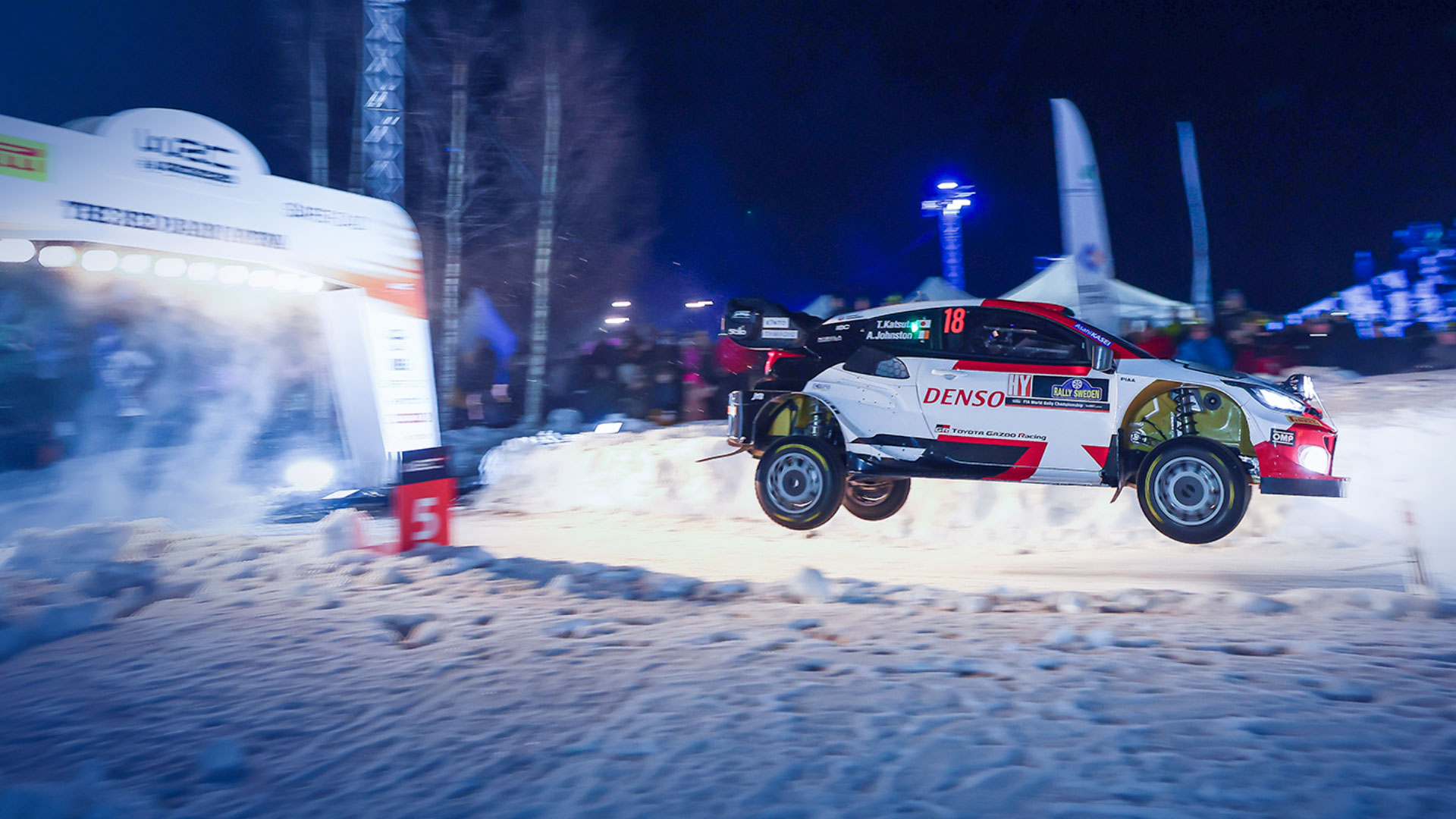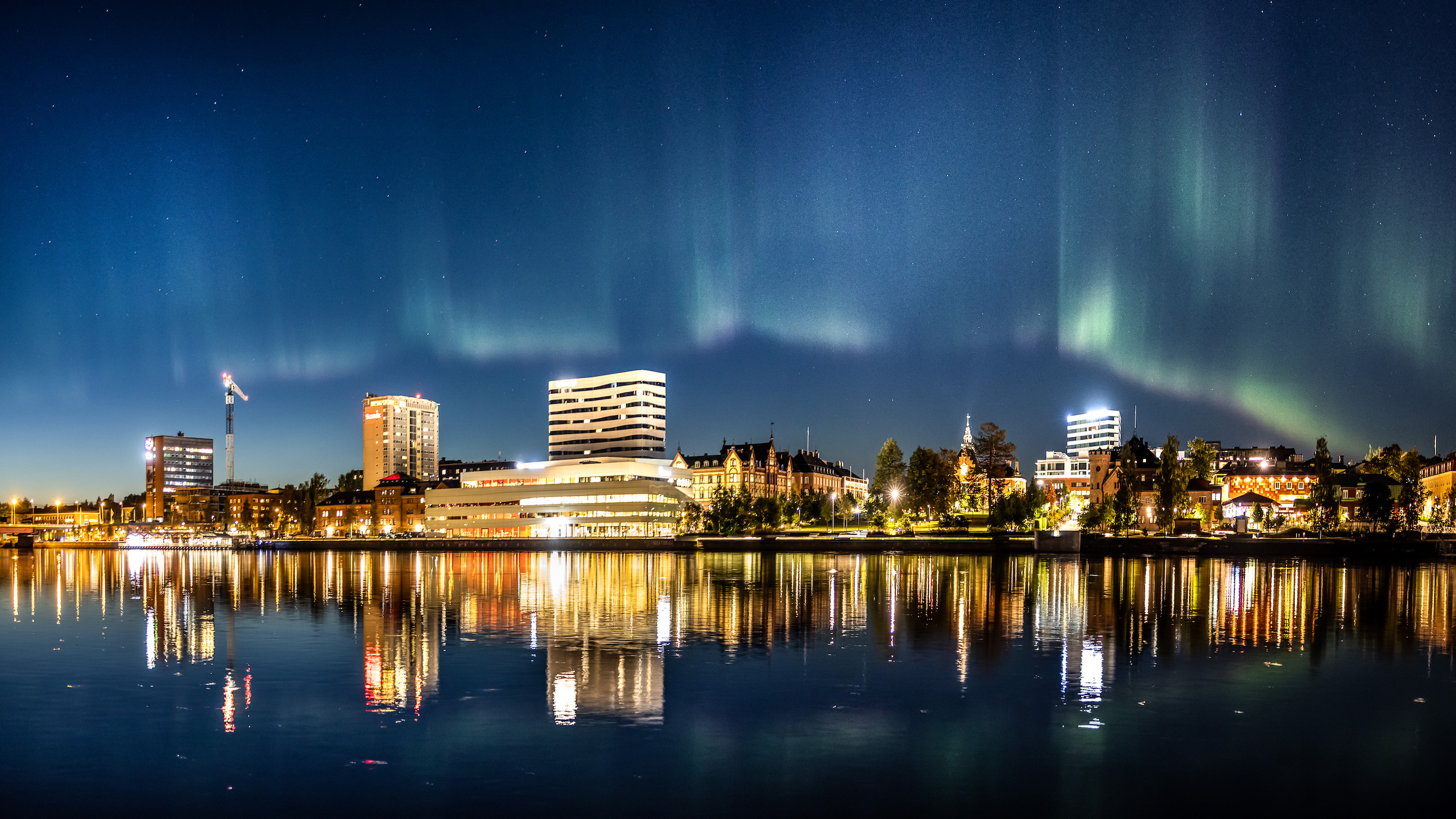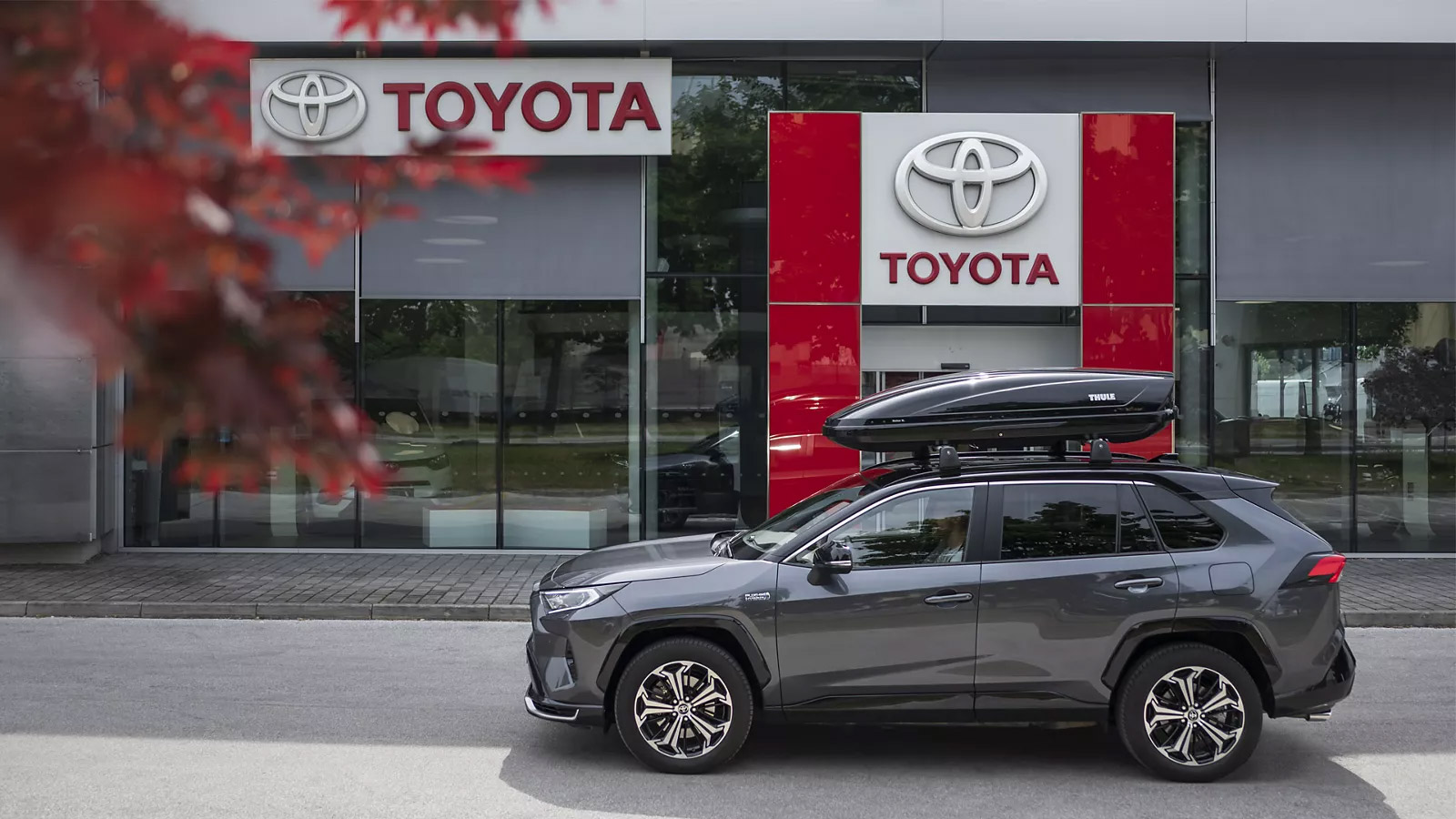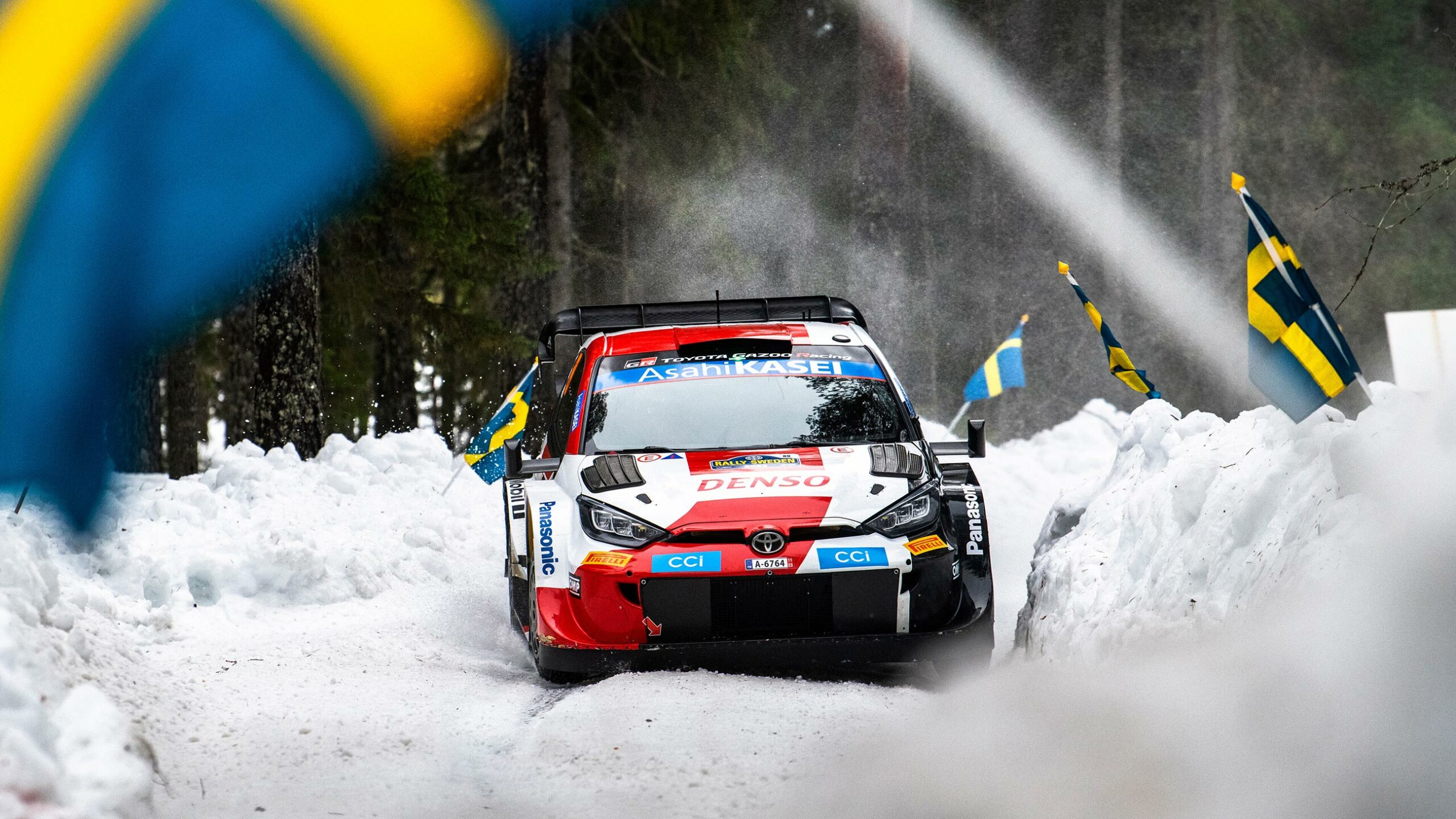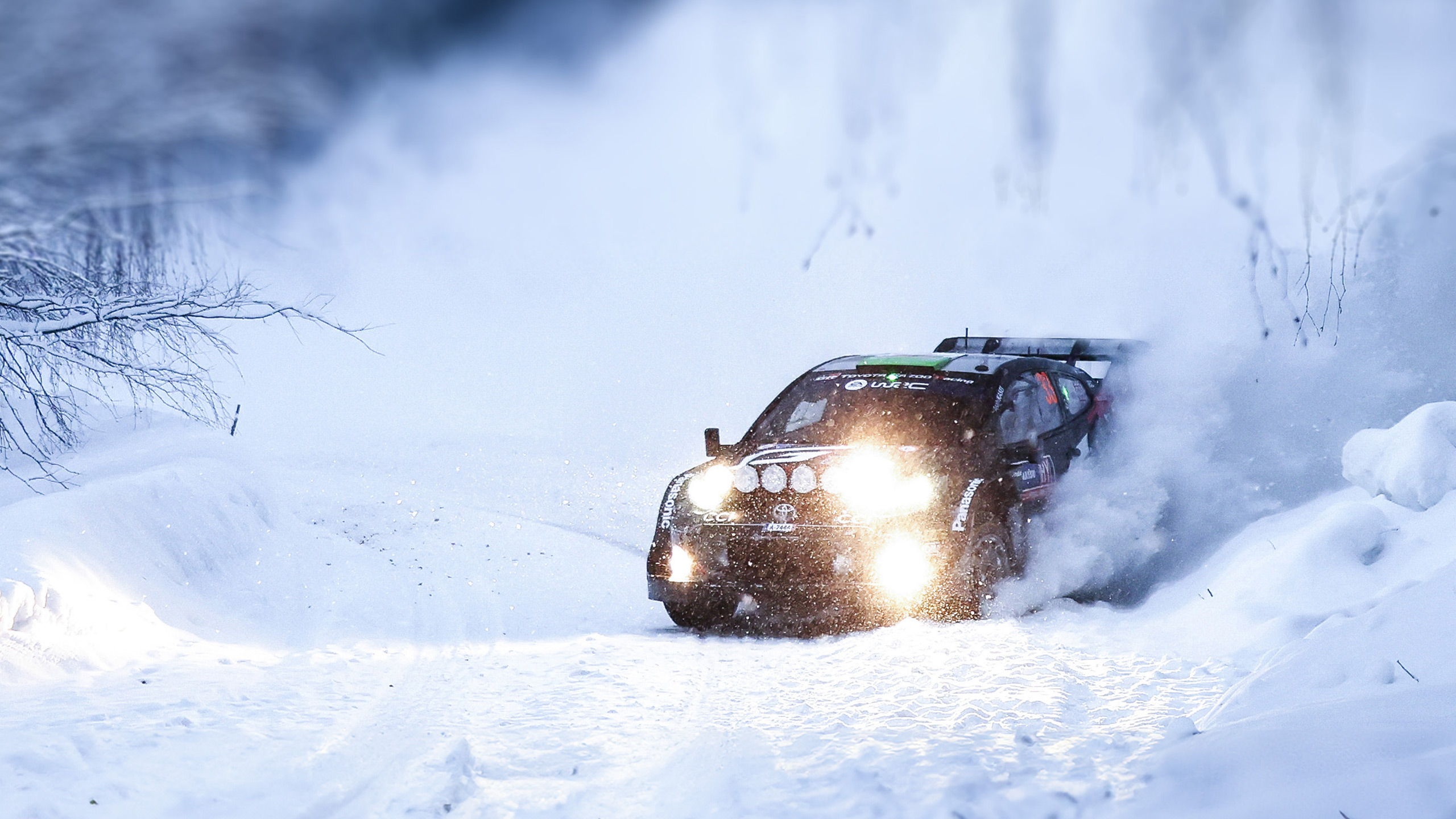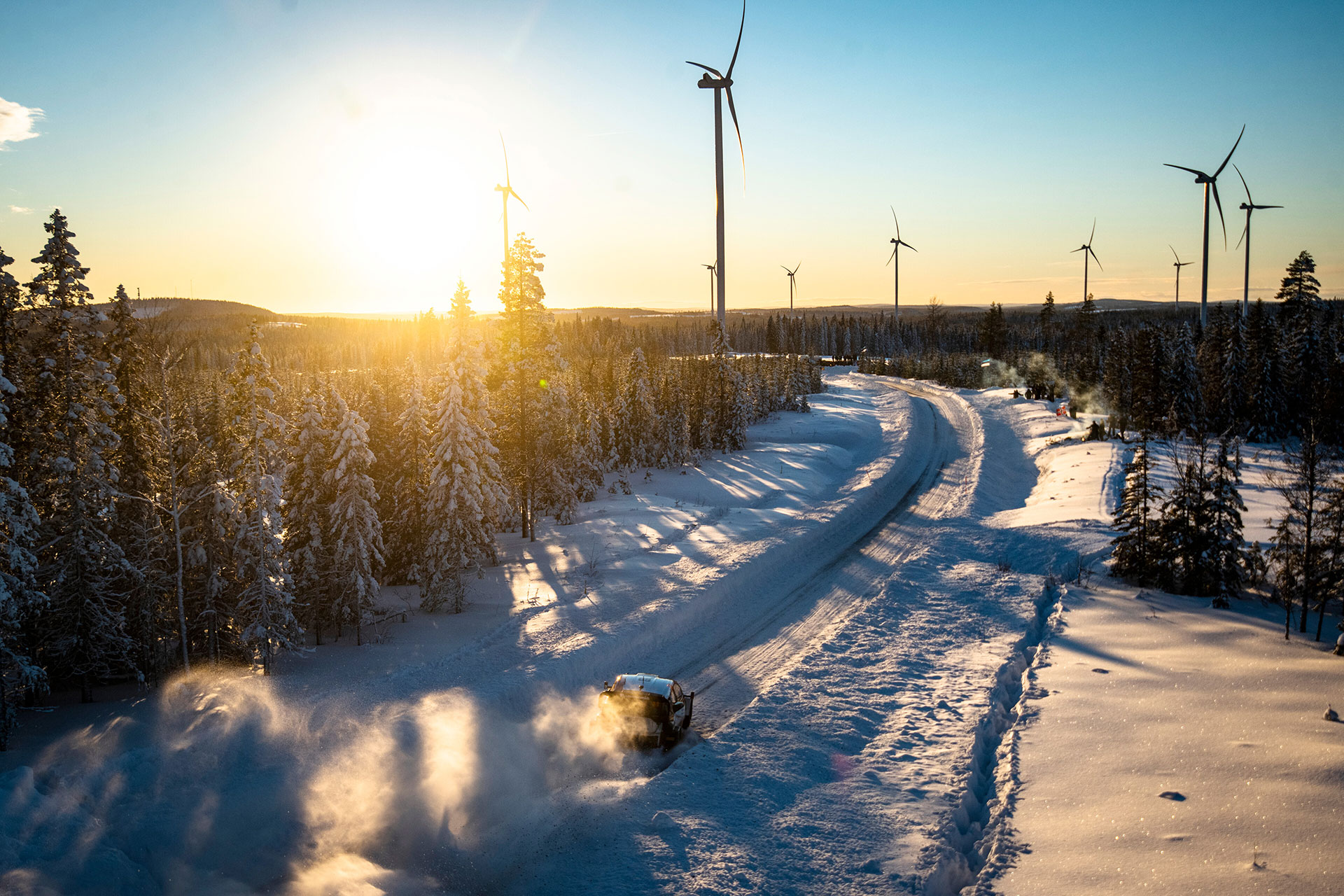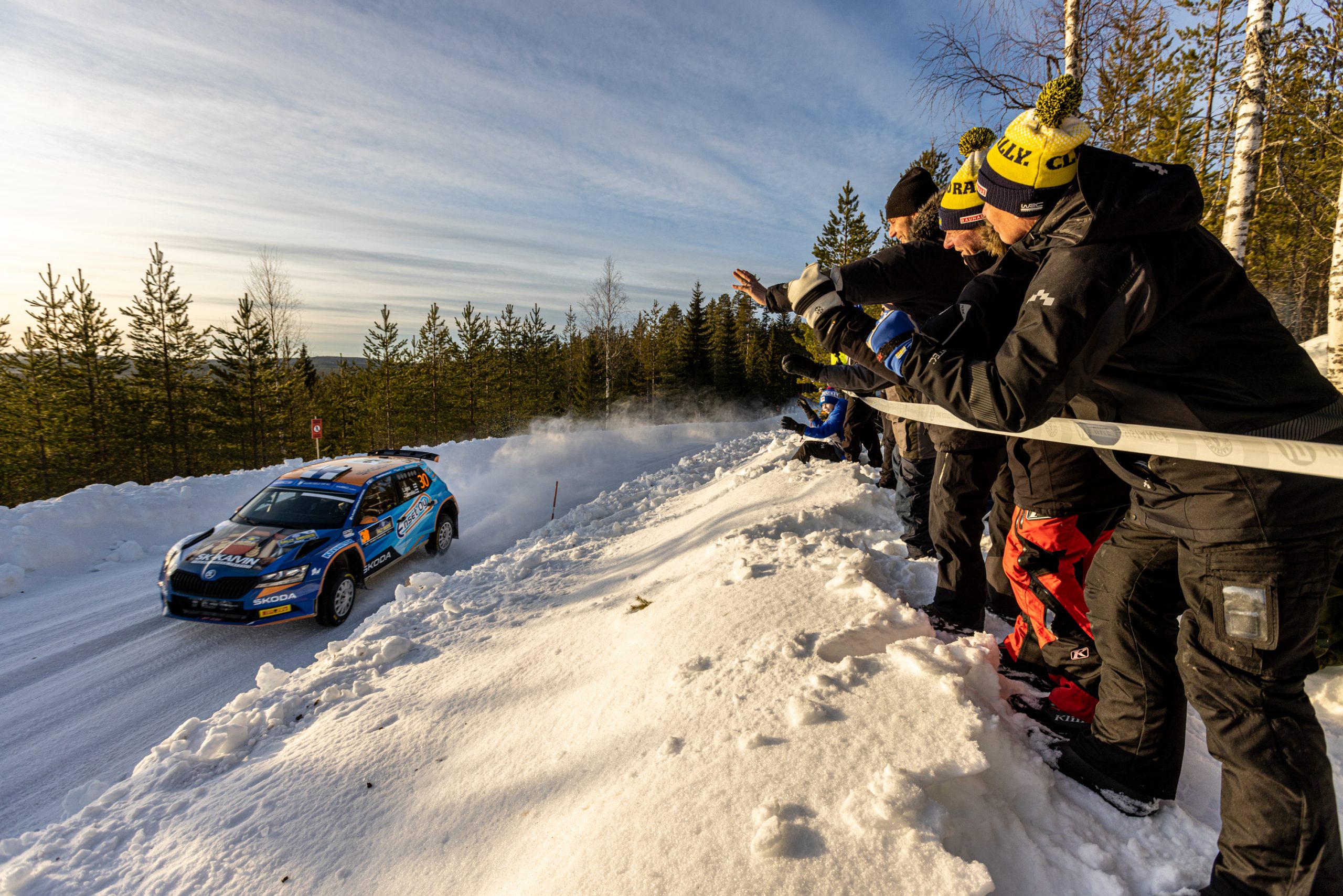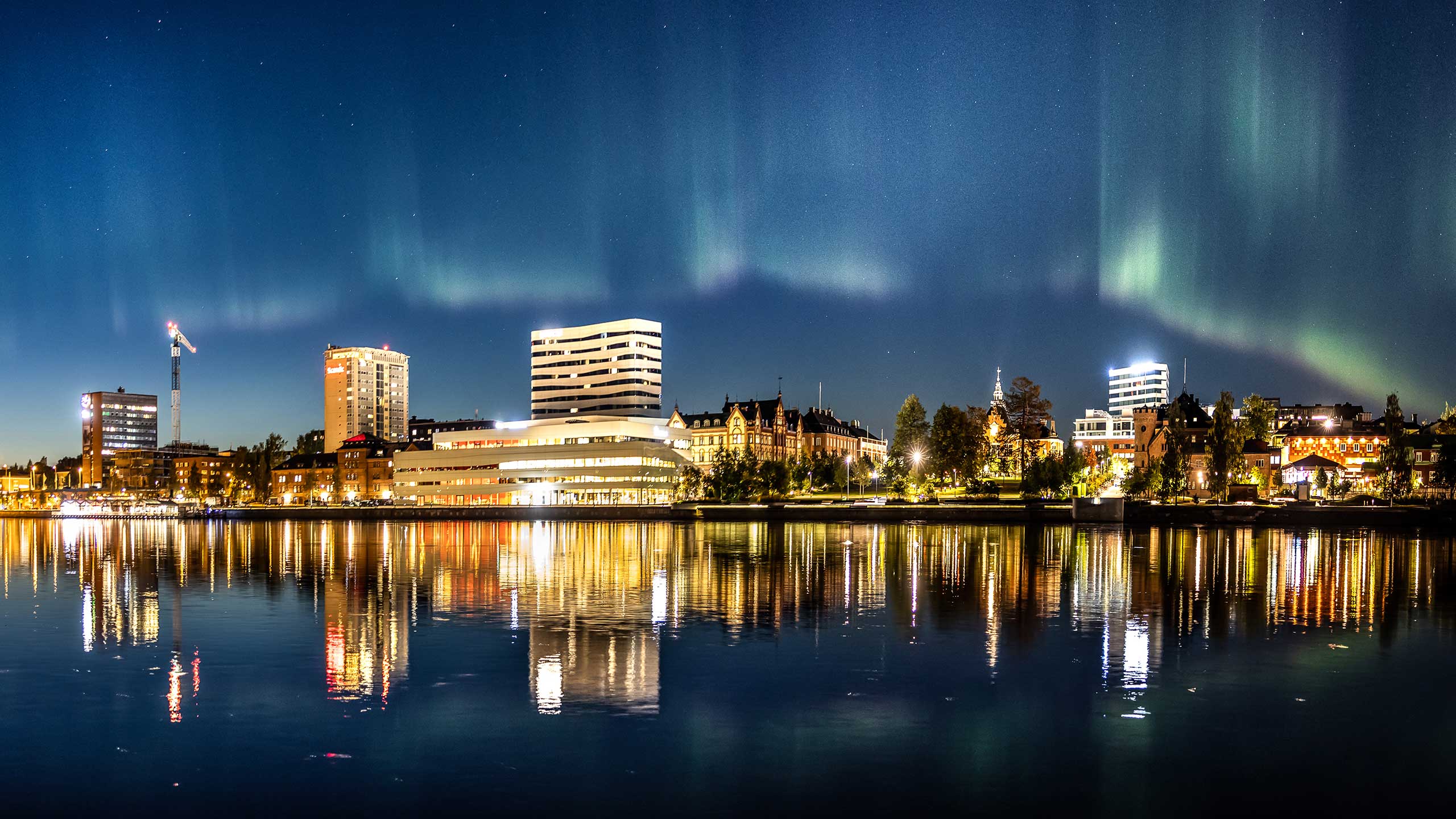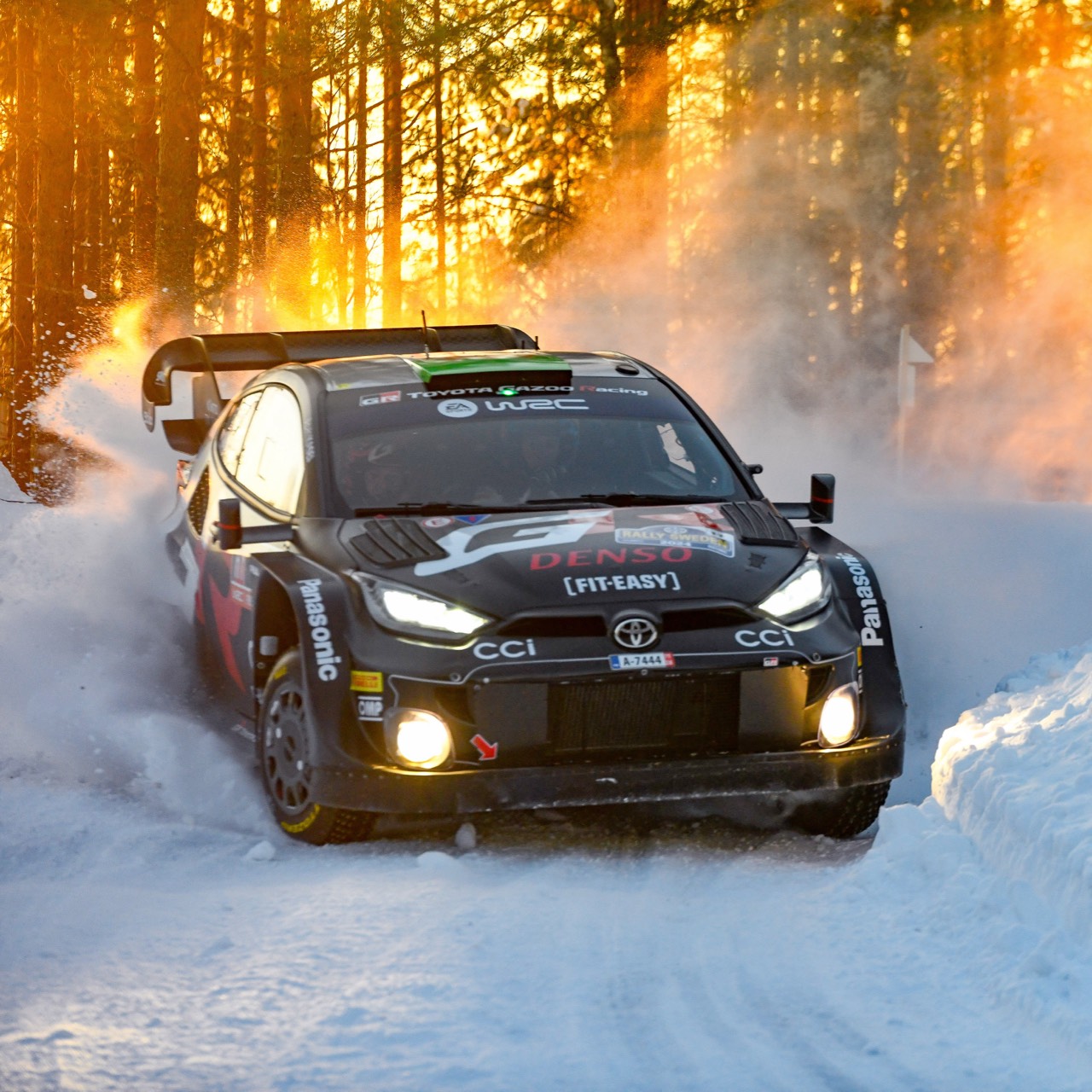What does it take to create the ultimate rally stage?
We find the answer as we head to Brännfors, a small village with four farms and three permanent residents. The village, strategically located near Blå Vägen but still hidden from the busy E12, could have been a forgotten place if not for Rally Sweden and the motor enthusiast named Roland Johansson.
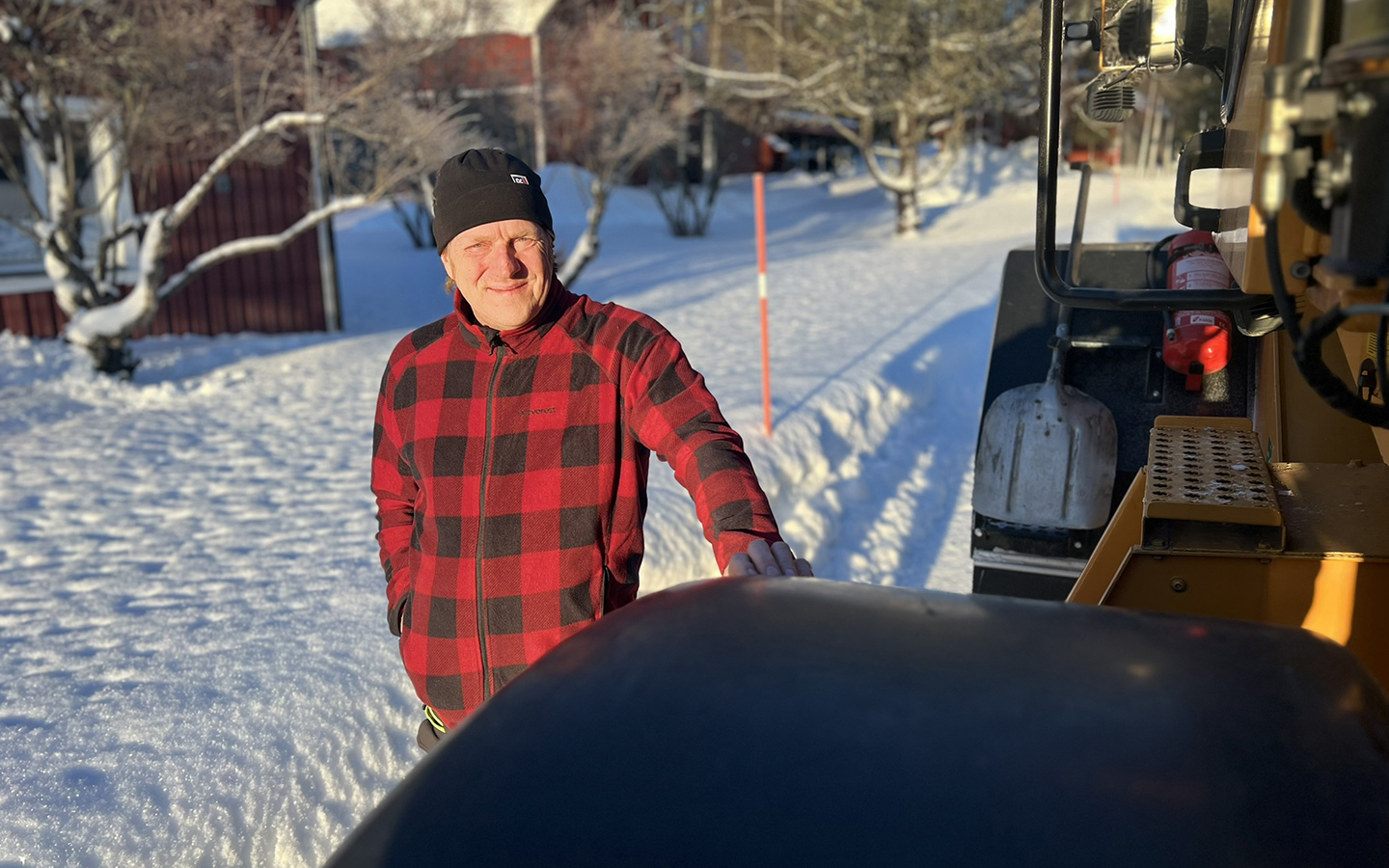
For this year’s competition, the stage will be endowed, just like in Umeå, with its own local Red Barn Arena, conveniently placed around the red barn located nearby. There will be VIP tents with food sales, bus parking, and several hectares of car parking for the audience to get up close.
Already somewhat iconic
It’s no secret that the motorsport hub Vännäs, with the local motor club involved in one way or another, is strongly connected to the arrangement. As Rally Sweden celebrates three years in Umeå and Västerbotten, the railway town boasts no less than three stages within its municipal borders. However, one thing has remained constant since the event landed in the county, and that is this already somewhat iconic stage that was also the Power Stage in its first year. Both in terms of sports and television, many consider it the most optimal stage for both drivers and spectators.
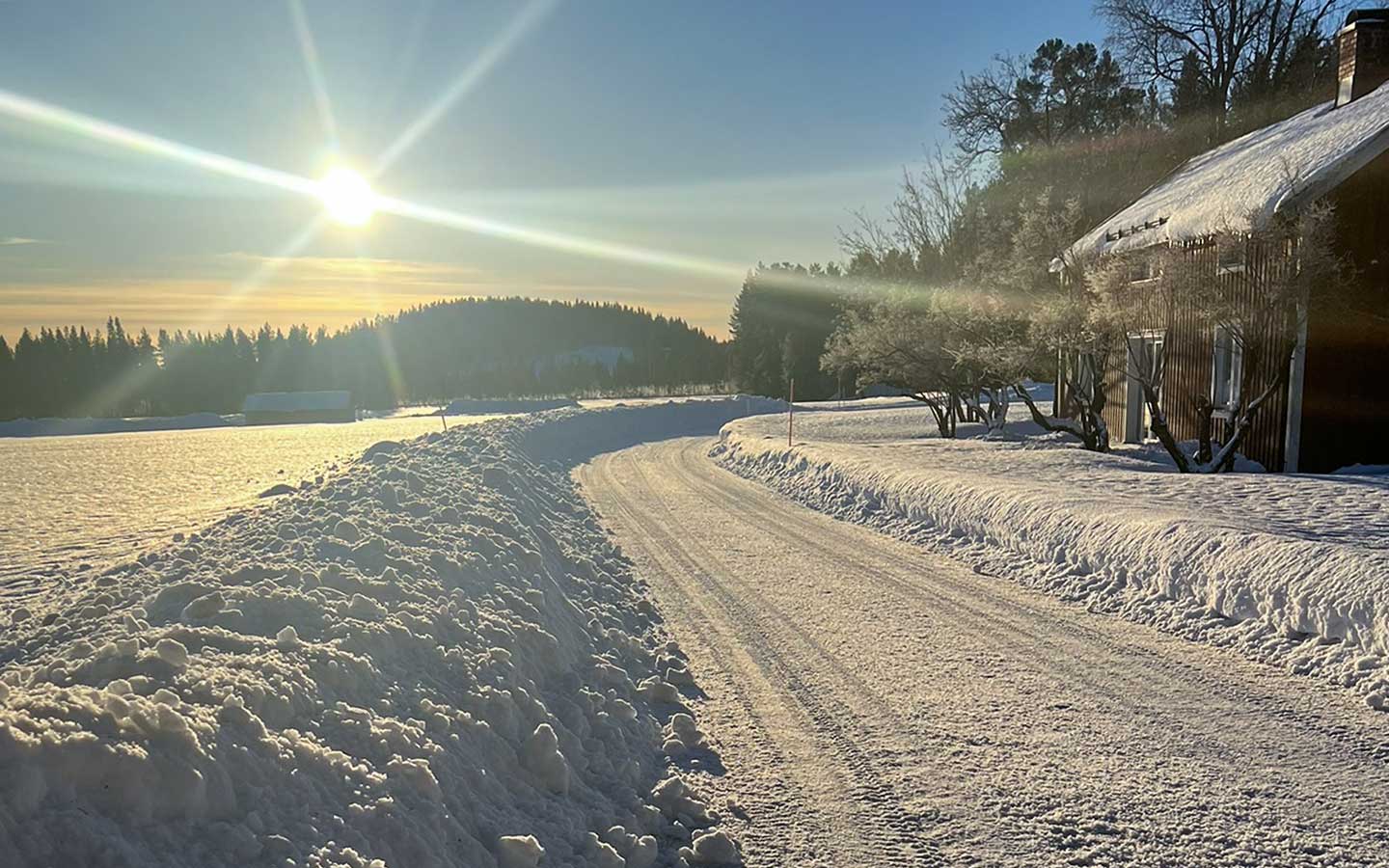
Just meters from the terrace
Roland Johansson lives right in the middle of the stage. He has lived in the village all his life. In his red Västerbotten farm, shimmering in the almost unbelievably beautiful winter landscape, the doors in his living room face the terrace located just a few meters from the stage. It’s a VIP spot deluxe for those who want to follow the world’s best rally drivers up close.
For Roland, Sarsjöliden is his place on earth, and as the track manager, he takes care of the stage meticulously. It’s a historic stage that has been around for many years, featuring in both national and local competitions. He has been involved since the 70s and competed himself back in the day.
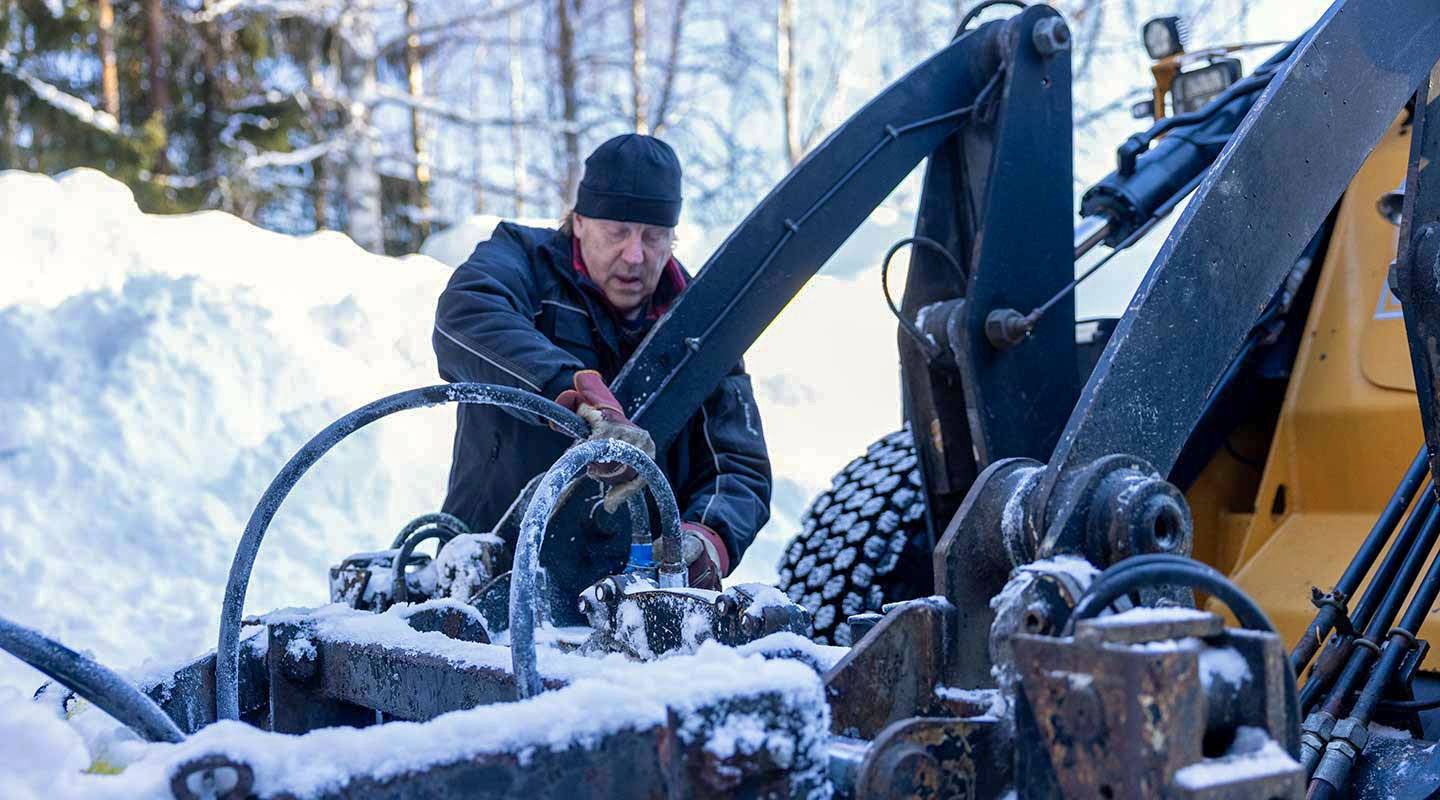
Knows every meter of the stage
The problem now is that time is not enough. I would like to drive, but since I have both competed and driven this stage, I have an understanding and knowledge of what is required. It helps because I know how important it is to create smooth curves. I try to think about getting the optimal line so that drivers enter the curves to get the best possible turn. The stage is fast in parts and has many changes in tempo with narrow and wide roads, as well as country roads passing through farms, narrow bridges, and villages. It really has everything and has become a classic. Everyone around the villages around this stage is also keen on not letting it be forgotten. In a manner reminiscent of Björn Ranelid (Swedish author), Roland Johansson talks his way through the stage, describing every village, all the details, and every curve so insightfully that it deserves applause.
The hours he puts into the perfect rally stage, like much other volunteer work, remains quite invisible except when WRC broadcasts the TV images to 120 million viewers worldwide. Then it becomes prime time. Then all rally fans around the world get guided through villages like Gullbäck, Brännfors, and Orrböle.
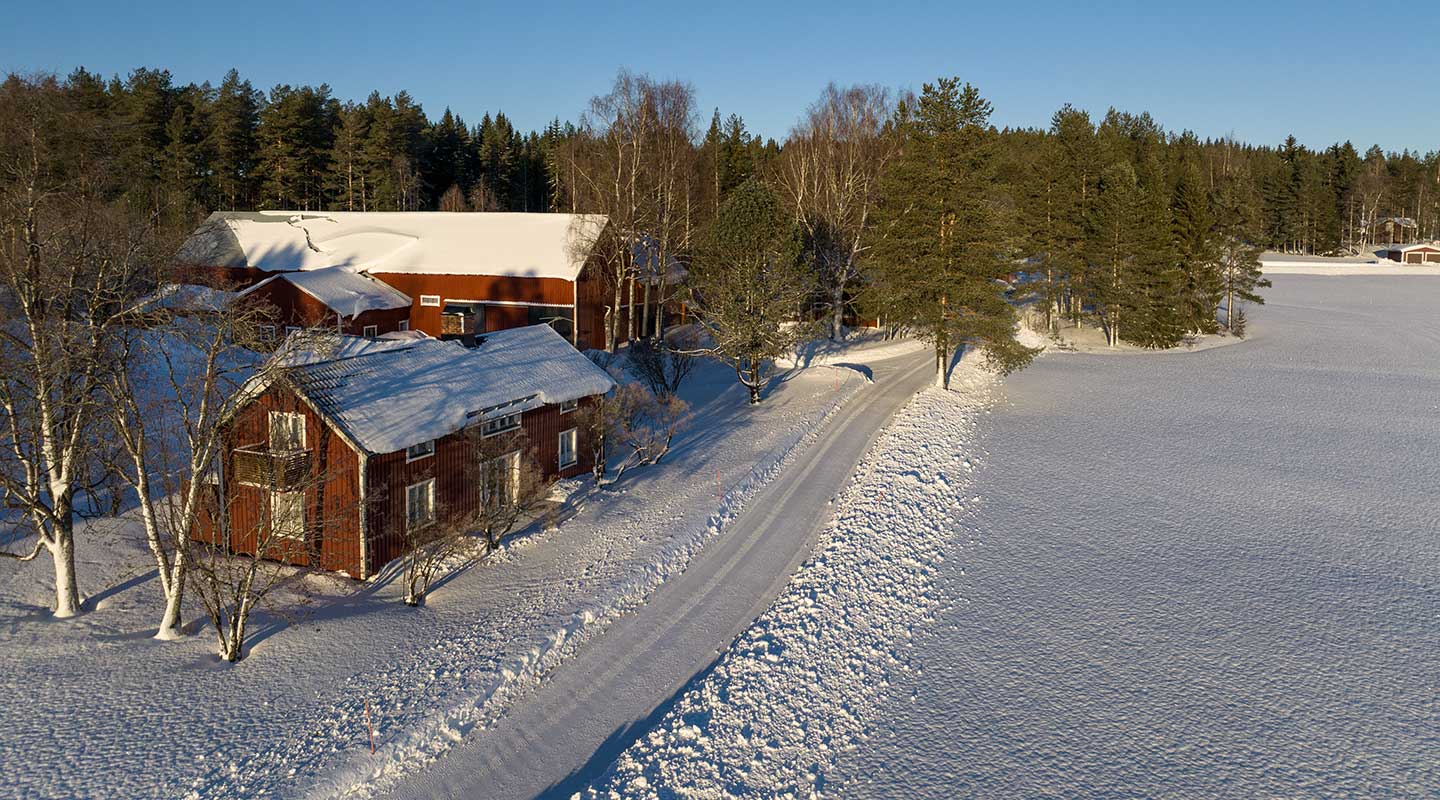
What is the biggest challenge in creating a perfect winter rally stage?
The most crucial thing on a rally stage is to create a road base, to get the gravel to freeze together and thus get a small layer of ice. You can’t just pack snow and expect to get a road; you have to use the mild weather and rain that comes. Snow always comes; we have never had a problem with that. Then it’s also a big plus that 70 percent of the stage is village road where people drive every day, and that also makes for a slightly better surface.
